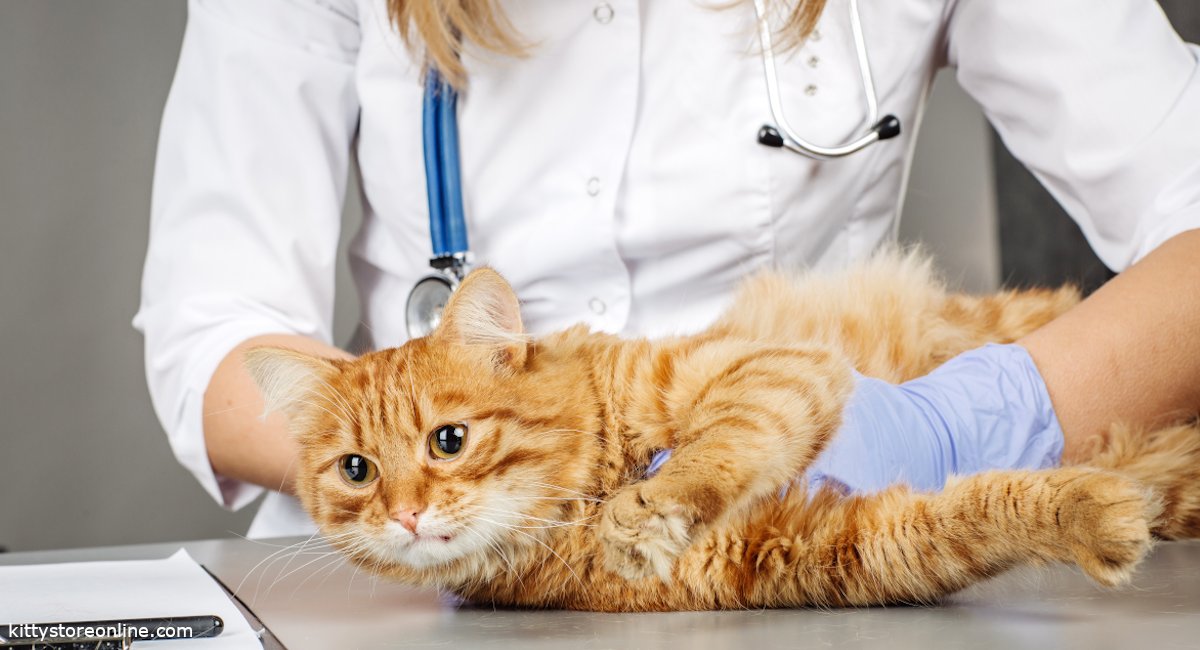Cats breathe faster during exertion, dehydration, fever and heat. But a disease can also be behind the heavy breathing. Keep calm and observe your cat closely. Are the eating and drinking behavior different than usual? Does it shy away from touching because of pain? The close observation of the accompanying symptoms can be helpful for the veterinarian.
Is this normal or abnormal?
A cat takes about 20 to 25 breaths per minute. During high activity or exertion, it can be up to 60 breaths per minute. However, the cat’s breathing should settle back to a normal level after a short time, because unlike dogs, cats do not pant when they are healthy. You can check the cat’s breathing by the rise and fall of the rib cage. If the chest rises, the cat is breathing in. If the rib cage lowers, the cat exhales. The movement of the rib cage must be without effort. Therefore, accelerated breathing for a long time, breathing through the mouth and strained lifting and lowering of the rib cage are considered symptoms of the disease. Take your cat to the veterinarian in case of acute respiratory distress, because a life-threatening condition may occur.
Causes of respiratory diseases in cats
The most common and important cause of respiratory infection in cats is feline rhinitis, which is caused by bacteria (chlamydia, bordetella, mycoplasma) or viruses (calic or herpes virus). The good news is that feline rhinitis rarely causes respiratory distress. More dangerous are bites from insects that cause the throat to swell. As a result, air can no longer flow freely through the larynx and cannot reach the trachea. Furthermore, severe injuries to the chest and head, shock, and pain can cause respiratory distress. In heart disease, tissue fluid collects in the lungs. The cat breathes more heavily. Heart disease can be prevented with consistent preventive care and treatment. Lung disease in cats is also associated with shortness of breath. Other triggers are:
- Allergies: Just like humans, cats can be allergic to dust mites, pollen, food or fungal spores. However, an allergy manifests itself less through breathing difficulties and more through skin and digestive complaints.
- Asthma: Due to inflammation of the bronchial tubes, the cat has a cough that can increase to respiratory distress. A mitigation brings cortisone to fight the inflammation and inhalation or administration of bronchodilator drugs.
- Foreign object: A stuck blade of grass or other swallowed foreign body irritates the trachea or larynx. The cat gags, sneezes or coughs.
- Parasites: Lungworms can cause chronic coughing, but also often go undetected because they do not cause symptoms. The veterinarian can detect lungworms by a stool sample.
- Polyps: The benign mucous membrane growths in the throat or ear canal occur particularly often in young cats. They then snore or have a runny nose. The vet can easily remove polyps under anesthesia.
First aid for cat respiratory distress
In case of sudden shortness of breath, check if there is a foreign body stuck in the cat’s throat. You may have to try to remove it. Cool insect bites with an ice pack or have the cat lick an ice cube. Prepare the veterinarian for their visit by calling ahead. If the cat becomes agitated during transport to the vet, respiratory distress may worsen.
